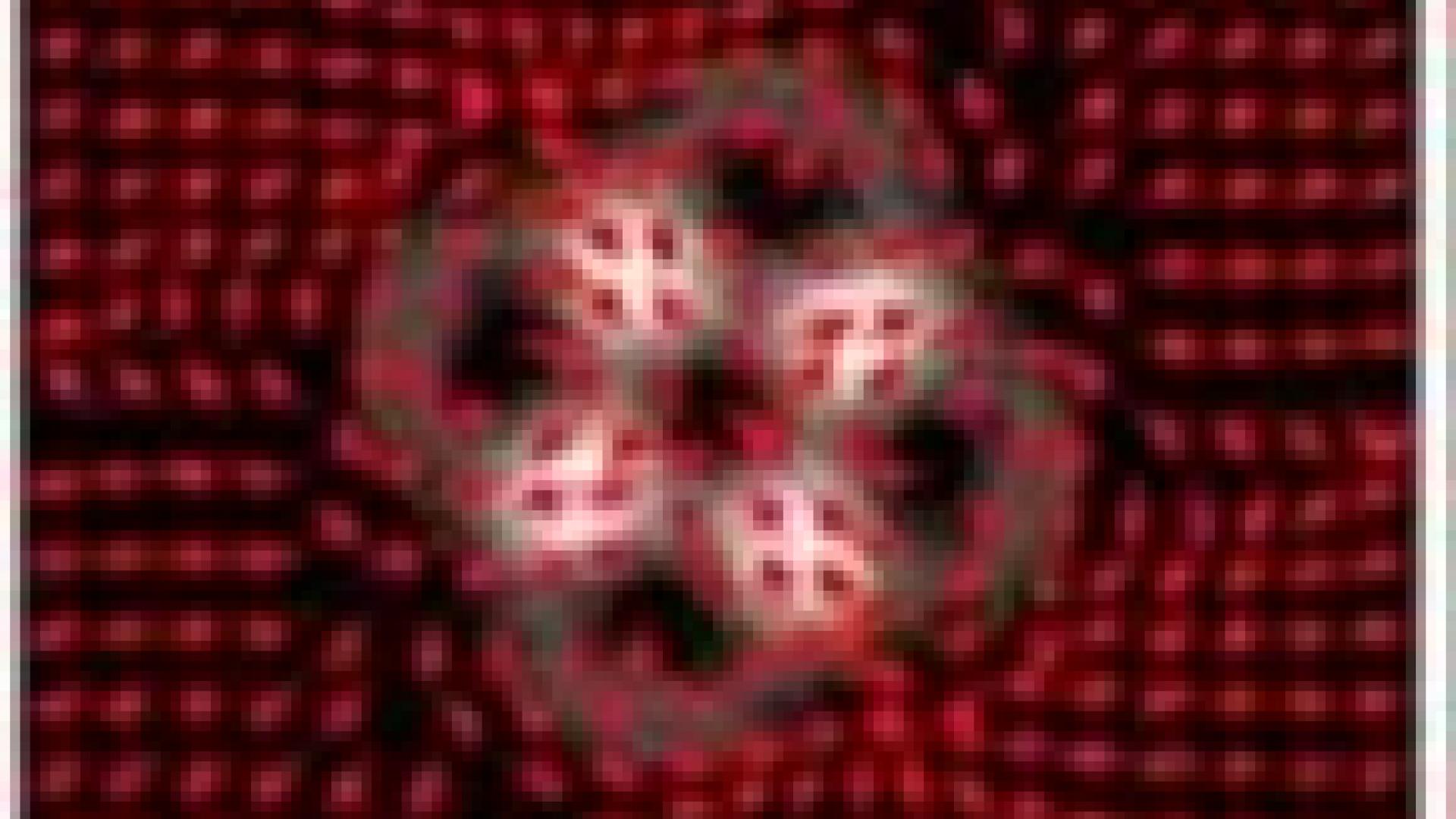Details
When wave propagates in a complex heterogeneous medium, it cannot “feel” the fine micro-structures of the medium if its wavelength is much larger than the size of the micro-structure. The wave behaves as if it is traveling in a homogenized medium. The property of the homogenized medium is determined by the micro-structures and their relation is characterized by effective medium theories. We applied the coherent potential approximation, multiple-scattering theory methods to derive effective medium theories for photonic/phononic crystals and metamaterials. In particular, we studied:
- finite frequency behavior of a metamaterial: effective parameters are related to the scattering coefficients
- tight-packing limit of a phononic crystal: higher order filling ratio terms are non-negligible in the effective mass-density
- anisotropic property for rectangular and rhombus structures: the anisotropy only appears in mass-density
Collaborators
Prof. Zhaoqing Zhang, Prof. Ping Sheng, Prof. Zhengyou Liu, Prof. Jun Mei, Prof. Yun Lai
Publications
- Jun Mei, Ying Wu, and Zhengyou Liu, “Effective medium of periodic fluid-solid composites” Europhys. Lett. 98, 54001 (2012)
- Ying Wu, Jun Mei, and Ping Sheng, “Anisotropic dynamic mass density for fluid–solidcomposites” Physica B: Condensed Matter 407, 4093 (2012) (Invited proceedings of conference: Wave Propagation)
- Ying Wu and Zhao-Qing Zhang “Dispersion relations and their symmetry properties for electromagneticand elastic metamaterials in two dimensions” Phys. Rev. B 79, 195111(2009)
- Ying Wu, Yun Lai, and Zhao-Qing Zhang, “Effective mediumtheory for elastic metamaterials in two dimensions” Phys. Rev. B 76, 205313 (2007)
- Ying Wu, Jensen Li, Zhao-Qing Zhang and C. T. Chan, “Effectivemedium theory for magnetodielectric composites: Beyond the long-wavelengthlimit” Phys. Rev. B 74, 085111(2006)
